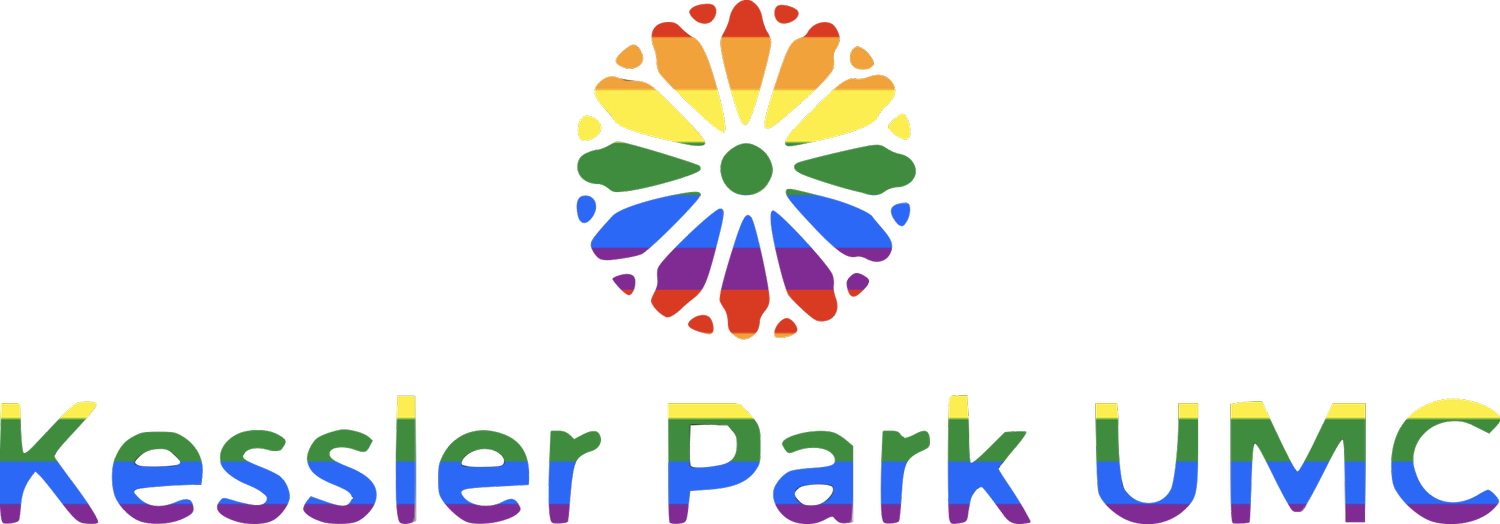We All Need New Reading Glasses
/I don’t have a particularly good history concerning my eyesight.
I have always been terribly near-sighted. I started wearing glasses in third grade. It was a traumatic experience to walk into the classroom for the first time. I wouldn’t call it “bullying,” but I was called “four-eyes” more times than I cared to hear. It wasn’t helpful that my parents didn’t give me a style choice — I was stuck with black, horn-rimmed glasses all the way through high school graduation.
In college, I finally upgraded to contact lenses, which helped my dating life considerably.
When Lasik surgery came around, Leah jumped on the bandwagon, but I was hesitant. I simply didn’t like the idea of having my eyeballs sliced and diced. So I waited.
Then on a fateful trip to Vietnam in 2010, I found myself on a bus en route to the Mekong Delta. I closed my eyes momentarily and leaned against the window when we hit a huge pothole. My head slammed backward against the seat.
Later that night, I noticed that there appeared to be a growing black hole on the left side of my vision field. When I arrived back in Dallas a few days later, Leah drove me directly to an eye specialist who confirmed that my retina had been detached by the impact. I went immediately into surgery.
Though the reattachment was successful, I have never had perfect eyesight in the left eye since. I have lost quite a bit of my peripheral vision, and hard edges appear wavy, as if I have plastic wrap stretched over my eye.
And more recently, I’ve started to wear reading glasses on a regular basis, which I’m sure you have noticed.
So I understand that, in order to see things clearly, to view reality correctly, your eye must be clear and unhindered, free from distortion. Unfortunately, I will never be able to see things perfectly clearly — I will always see things through a retina that imperfectly stretches across my line of sight, and I increasingly see things through glasses, which are frequently smeared and dirty. At best, I am like the Apostle Paul, who said, “I see things now as through a glass darkly.”
That is also true about the way I read the Bible. I recognize that I do not read Scripture from a completely objective and value-free point of view. Nobody does. All of us come to the Bible and read it with our own wavy retinas, scratched glasses, and imperfect understandings.
This is not an excuse NOT to read it. No, even read poorly, the Bible is still an instrument God uses to touch hearts and move souls.
But this is the only way we can read the Bible. It’s impossible to read it any way except from the perspective of who you are, in the light of your own experience. There is no way to read anything at all without projecting something into the text. This is what we do when we read novels and poems and newspapers, and it's true when we read Scripture, too. It’s the way all people read.
However, this reality should make it clear that we ought to read the Bible from different perspectives as often as possible, to pick up reading glasses from other viewpoints. We should not rely only on our own understanding when it comes to Scripture but should try a variety of contexts, languages, and cultures.
For example, I’m a straight white male who studied the Bible in a Western, male-dominated institution. I ought to recognize that I have some blind spots when it comes to Scripture. What is it like to read the Bible as a woman, as a gay man, as a black woman, as a pygmy in the African rain forest? What do Palestinian Christians hear when they read about the Promised Land? What do Chinese Christians hear when they read Revelation?
As we begin the study of the Gospel of Matthew on Sunday, Sept. 9 in Sunday School, I am starting a twin class on Matthew on Wednesday nights called “Reading Matthew Through New Eyes.” Each week, I will lead the class in reading a passage from Matthew with the help of feminists, Latin American peasants, gay men, county inmates, and others. You’ll be surprised at how your eyes will be opened to new insights and revelations from Scripture.
However, that’s also the goal of the other Wednesday night classes. Mike Smith will be leading a study that uses visual imagery and symbolism to address theological and Biblical issues. Alison Garza is leading a class on Job: A Story of Unlikely Joy, by Lisa Harper, a female Bible teacher. The point is to try on some different perspectives on the Bible and on our faith.
Try putting on some different glasses to read Scripture this fall — what you see might change you!


